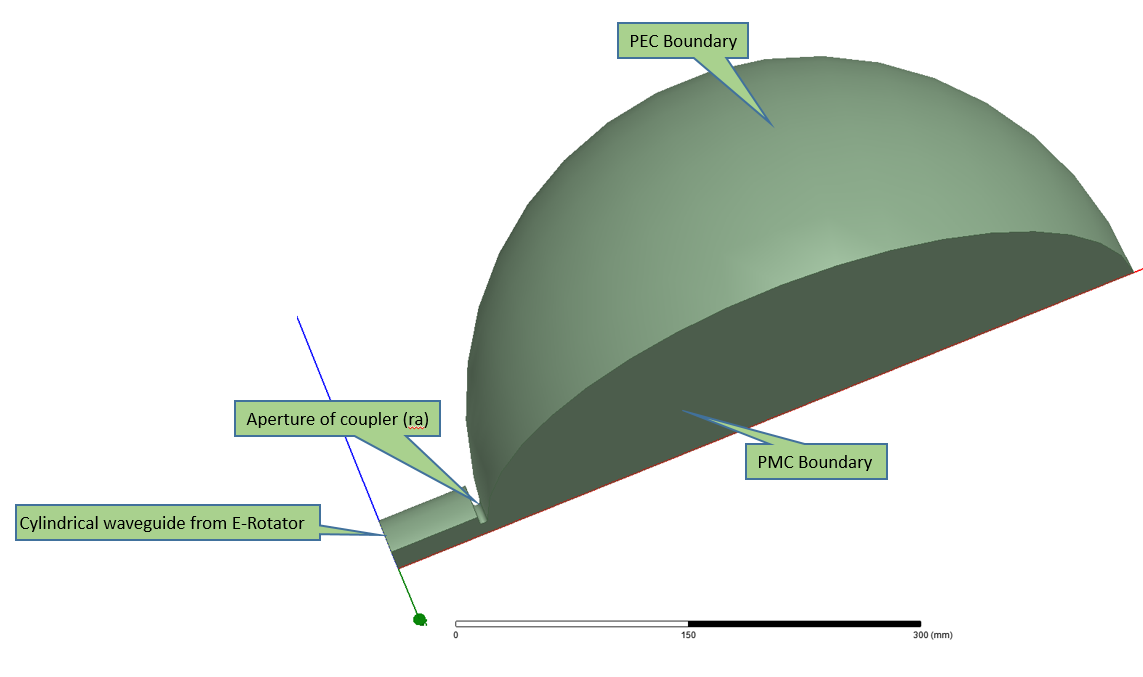Interpolating Sweep in HFSS
I though that I knew interpolating sweep but surely I am wrong.
Problem statement as is follows I have to couple a spherical cavity with the coupler I have use Eigen solver to characterize the cavity which is high Q cavity and goal is to couple it with beta=9 means overcoupled.
I have sound grip on coupling theory. I did following steps.
1. Made an aperture on cavity to connect it with the coupler.
2. Aperture will shift the resonant frequency of cavity and it will not be 2.99801 GHz which is my solution frequency.
3. I used driven model with one wave port to excite the structure so it means I am available with s11 only
4. I used interpolating sweep from 2.96 GHz to 3.0 GHz with 10KHz step to scan for the shift of solution frequency.
5. I got some frequency with proper s11 all seems good
But
Issue is that when I tried to run same model with same setup but with single frequency which I found by interpolating sweep I get nothing.
Why when I get some point with interpolating sweep is not produced by single run at same frequency.
what is wrong?
Please I am tired with this problem
thanks in advance for your help

So to clarify, you found your resonant frequency using an interpolating frequency sweep, but when you switched you solution frequency to that resonant frequency, you did not simulate the same effects? Or did your simulation just never converge?
An obvious issue would be if you have any frequency dependent materials in your simulation. When you run an interpolating sweep, the material properties are "frozen" at the solution frequency when it does the sweep. But at the narrow band you are sweeping that would be unlikely even.
I've had a similar problem when simulating the fields of cavities as resonance before, but instead my problem was I could not actually simulate at the exact resonant frequency. The solution just never converged. I believe it is a consequence of trying to iteratively solve very high Q structures.
If you're looking for accurate data, don't use interpolating. Discrete is the only way to go.
I can understand that for accurate stuff I should rely on discrete sweep.
But the point is if I get lets say s11 -7dB at some frequency lets say 2.9601 GHz with interpolating sweep, why when I simulate the same model at single frequency point of 2.9601 GHz does not return the same s11.
Do you mean that interpolating sweep returned me wrong s11 for a particular frequency point.
I am all sure that I am doing some blunder in the model but the point is I need to find out what and where I am going wrong.
Thanks in advance for your patience and help
The convergence frequency (if you're using a single convergence point) is really the one to be trusted the most. If you're converging at a different frequency, and then doing a frequency sweep around your target point, the solution mesh may be converged on a different mode than at your target frequency, resulting in different values.
